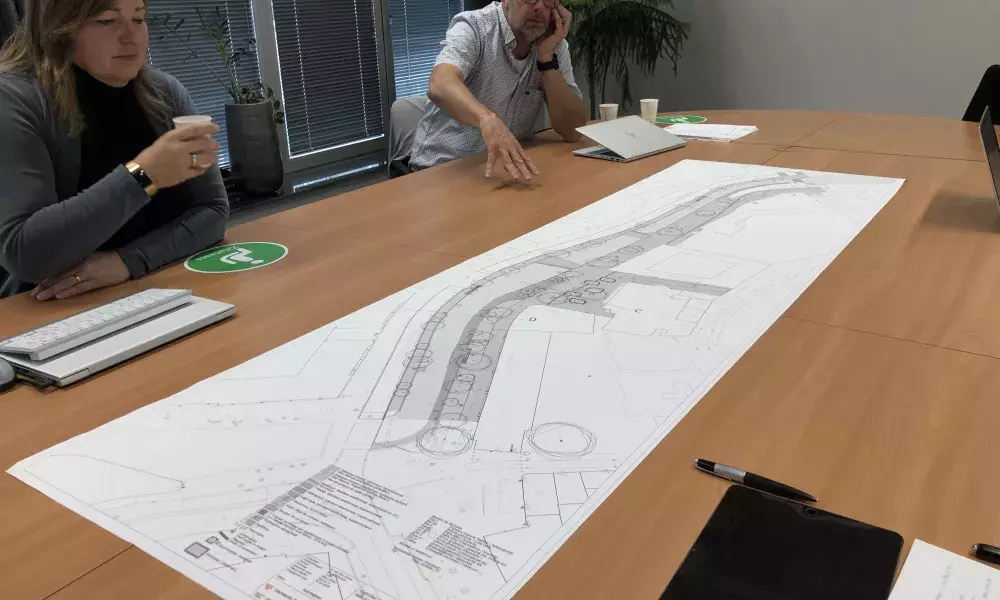
The following visualisation shows the design process to nature-inclusive quays (NIQ), and thereby:
-
the importance of an innovative partnership;
-
the success factors to achieve a visionary and rich design that is negotiated and agreed by all;
-
as well as the challenges on the way.

The lessons learned
... will help to upscale the project to other river sections and other parts of Breda and to inspire cities across the continent. The main lessons are:
-
The design process itself, in which various partners that are specialised in different fields, collaborate actively has brought up additional ideas even at later stage. This should be appreciated as an asset rather than seeing it as disturbance. Open minds and a flexible approach will allow to take up additional ideas.
-
Bringing together these different partners in a climate of mutual respect and trying to find agreed solutions on different, sometimes conflicting ideas has much more enriched the design than if it would have been performed by the municipality’s team in isolation.
-
The project duration has shown to be rather short for research as complex new and innovative ideas are being developed and vegetation needs time to grow. The latter fact does only allow for collecting some but not final evidence that the selected solutions will work effectively. The monitoring needs to be continued after the UIA project ends.
-
The first three lessons point to the need of applying a flexible approach that promotes active learning during the project and a flexible design wherever possible to adjust it according to latest monitoring results.
-
Getting UIA funding and with that the commitment to find innovative solutions has truly boosted thinking among partners about alternative and creative solutions.
About this resource
The Urban Innovative Actions (UIA) is a European Union initiative that provided funding to urban areas across Europe to test new and unproven solutions to urban challenges. The initiative had a total ERDF budget of €372 million for 2014-2020.
Similar content




